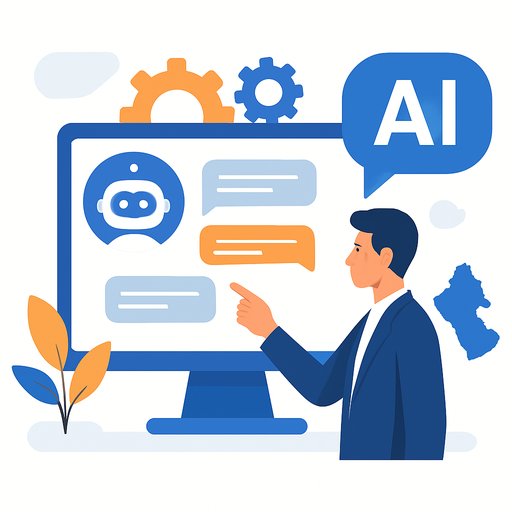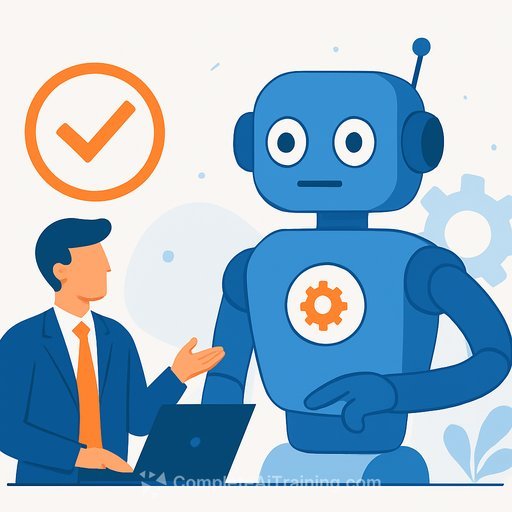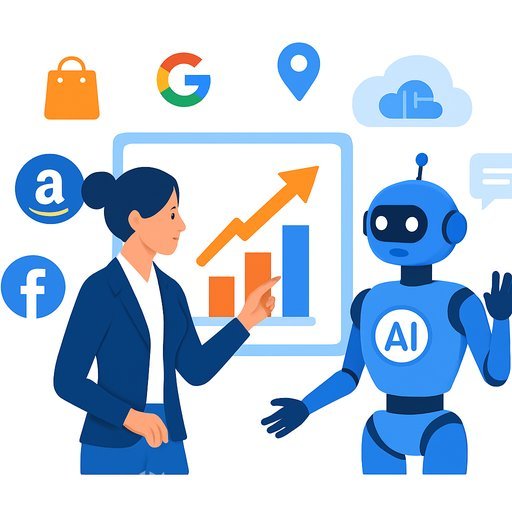Zendesk's AI Agents Aim to Handle 80% of Support: What It Means for Your Team
Zendesk announced a slate of LLM-driven agents built to reduce reliance on human technicians. At the core is an autonomous support agent that targets solving 80% of issues without human intervention, backed by a co-pilot for the remaining 20%, plus an admin-layer agent, a voice agent, and an analytics agent.
As Zendesk's product and AI leadership frames it, software is shifting from tools built for humans to systems where AI does most of the work. Early pilots report consumer satisfaction gains of five to ten points.
What's New
- Autonomous support agent: Attempts full resolution for high-volume, repeatable issues.
- Co-pilot for agents: Drafts replies, suggests actions, and supports complex cases that need judgment.
- Admin-layer agent: Helps configure workflows, policies, and data connections.
- Voice agent: Handles phone and voice channels with the same logic stack.
- Analytics agent: Built on the Hyperarc acquisition; surfaces patterns, performance, and opportunities.
Can Models Actually Do the Work?
Independent benchmarks point in that direction. TAU-bench, which tests a model's tool-calling and action-taking ability, includes tasks like processing returns-close to real support flows. The current top performer, Claude Sonnet 4.5, solves roughly 85% of tasks in that test scenario.
This is a step beyond simple knowledge retrieval. The emphasis is on troubleshooting, multi-step actions, and policy-compliant execution.
Why This Matters
Zendesk's Resolution Platform supports nearly 20,000 customers and resolves 4.6 billion tickets annually. If the 80/20 split holds at scale, the impact on cost, response times, and staffing models will be significant.
Pilots show CSAT improvement, but the value hinges on safe deployment: guardrails, auditability, and clear escalation to humans for the hard 20%.
A Practical Playbook for Support Leaders
- Start with your "Top 50" intents: Identify the highest-volume reasons for contact. Label which are safe for full automation vs. co-pilot support.
- Prepare your data: Clean up knowledge articles, macros, and policies. Standardize product taxonomy and tags. Outdated content increases bad answers.
- Define guardrails: Set allowed actions, refund limits, and PII rules. Require approvals for high-risk changes. Build a clear escalation tree.
- Run shadow mode: Let the agent draft responses and propose actions without sending. Compare to your best agents before turning anything live.
- Set clear KPIs: Track CSAT, First Contact Resolution, time to first response, time to resolution, automation containment rate, deflection, cost per ticket, and escalation rate.
- Tune for channels: Email and chat often automate first. Voice needs tighter thresholds and faster fallbacks to human agents.
- Plan the workforce shift: Re-skill agents into case managers, QA reviewers, conversation designers, and tool owners. Keep subject-matter experts close to model tuning.
- Safety and compliance: Maintain audit logs, incident workflows, and content policies. Monitor hallucinations, over-refunds, and policy drift.
- Vendor evaluation: Test latency, multilingual performance, action reliability, and admin controls. Model costs vary with tokens and tool calls-budget with headroom.
What's Under the Hood (M&A Context)
The analytics agent is built on Hyperarc (acquired July). Prior deals include Klaus (QA and agentic service, Feb 2024) and Ultimate (automation platform, Mar 2024). Together, they fill the gaps for measurement, quality, and workflow automation.
Risks and How to Mitigate Them
- Edge cases: The last 10-20% will still need human judgment. Route quickly to experts.
- Policy errors: Use strict limits and approvals for refunds, account changes, and compliance-sensitive actions.
- Model drift: Schedule regular evaluations and refresh training content as products and policies change.
- Cost surprises: Monitor token usage, tool-call frequency, and re-tries. Optimize prompts and caching.
- Channel fragmentation: Keep responses and actions consistent across email, chat, and voice with shared policies and testing.
Skills to Build Now
- Prompt and workflow design: Write clear policies, define action schemas, and structure multi-step flows.
- Quality operations: Conversation review, rubric design, and continuous improvement loops.
- Data and analytics: Metric definitions, A/B tests, and cohort analysis to prove impact.
If you're upskilling a support team, explore practical training paths by job role here: AI courses by job role.
Macro Impact
The U.S. employs roughly 2.4 million customer service representatives. Shifts in automation will change role definitions and hiring profiles, not just headcount.
For context on the occupation, see the Bureau of Labor Statistics overview: BLS: Customer Service Representatives.
Bottom Line
Expect an 80/20 pattern: AI resolves the routine at scale; humans own exceptions, relationships, and system design. Start with a controlled rollout, measure everything, and keep humans in the loop where it matters.
Teams that adapt fastest-clean data, tight guardrails, strong QA-will see the biggest gains in CSAT, speed, and cost.
Your membership also unlocks:






